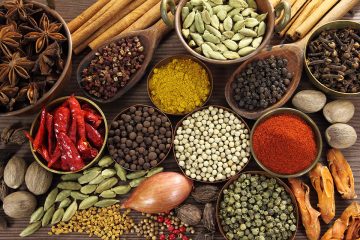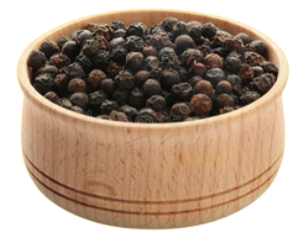
BLACK PEPPER VIETNAM
Vietnamese black pepper market is getting hot. Export and domestic prices have surged by 26% over the past season, reaching USD4,200/MT FOB in W11 2022. The support to the values came from tight supplies, as local black pepper production is down 25% YoY. At the same time, the global demand for the local spice remained strong, with the value of exports surging by 44% YoY to USD950 million.
Farmers and collectors that are offering raw materials for the production of black pepper still do not have much quantity, which is limiting the output from Vietnam. There is still a good demand for the goods from ASIA / EU / USA but almost all buyers are bidding cheaper than market price for prompt and full year shipment. Vietnam already harvested around 90% crop size, so farmers prefer stockpiling from now onwards.
Given influential bullish factors, Vietnamese export prices for the mentioned spice will increase in 2022. As new-crop harvesting is gaining momentum in the country, market players are reducing their estimates of the 2022-crop. The most substantial reasons behind the pessimistic sentiment are the lack of labour available for harvesting caused by COVID-19, a reduction in the acreage, and delay in harvesting. In 2021, black pepper production totalled 180,000 mt, down 25% YoY. The new crop is projected to fall by 10,000 mt YoY to 170,000 mt.
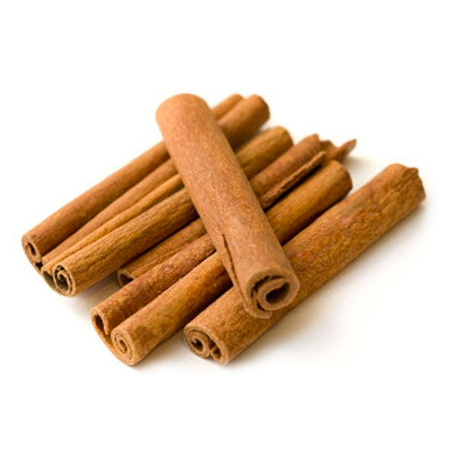
CASSIA – VIETNAM
There is still lots of rain and high humidity in the main Cassia growing area of Vietnam. The harvest was very slow last week. Market not changed much and still has good demand from the EU/USA. Raw material prices continue to increase around 8% compared with previous crop 2021, which makes us forecast higher prices for this year. Cassia prices have already been uptrend in 5 years, and we foresee price trends continuing uptrend in next 2 – 3 years at least.

TURMERIC – INDIA
Turmeric this week settled down by -1.48% in price at Indian Rupees 8530 per tonne as new season turmeric is arriving in the market and exports are normal in this season. In the first 9 months (April-December) of FY 2021-22, exports declined by 20.7% over the previous year to 1,16,400 tonnes, but 8.8% higher than the 5-year average. The arrival of the new crop has started in the markets of Telangana and Maharashtra. Pressure is also seen due to tensions between Ukraine and Russia which may disrupt shipments of spices to Europe and other destinations. Turmeric crop was damaged in Maharashtra, Nizamabad in Telangana, and Kadapa in Andhra Pradesh due to rains and cyclones. The farmers, who incurred losses during this period due to low prices, are hoping to get a good price this year so that they could clear their debts to some extent.

STAR ANISE – VIETNAM
The spring crop is being harvested. Currently, the weather in the harvesting area is experiencing heavy rains, so the situation of harvesting and sun drying is very limited. Demand remains in balance and the market is almost unchanged.
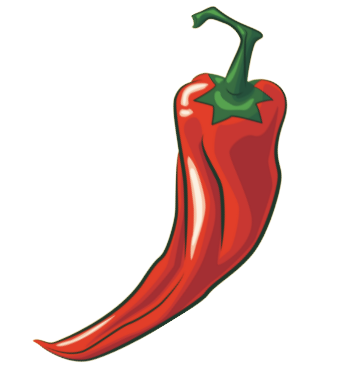
RED CHILLI PEPPER – INDIA
The price of red chillies has surpassed the half-century barrier and is now vying with the price of 24 carat gold. On Wednesday, the price of chilli at the Enumamula Agriculture Market Yard in Warangal, one of Asia’s largest markets of chilli, reached a new high of Indian Rs 52,000 per 100KG, setting a new high. Due to a decrease in domestic chilli production and a rise in demand on the international market the price of chilli, particularly the good quality variety, began to climb to new heights. The high price is due to a decrease in Indian chilli farming in the region and increased demand on the worldwide market.
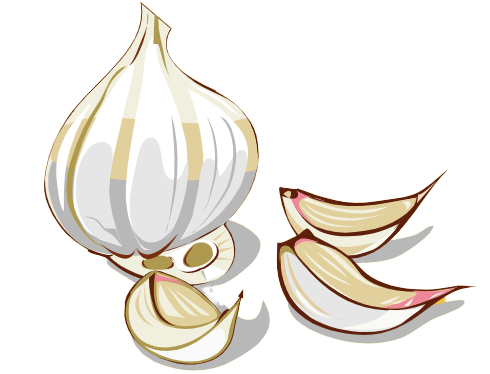
GARLIC – CHINA
Due to Indonesia purchasing Chinese garlic in early March, the Chinese garlic price increased by about 8% in the past week. However, on 28th Mar, the price turned to decrease. The early garlic harvest from South China Yunnan province coming into the domestic market could be attributed to a main drive for the current price trend. Currently, the stock volume of Chinese garlic is estimated at about 1,700,000 MT.
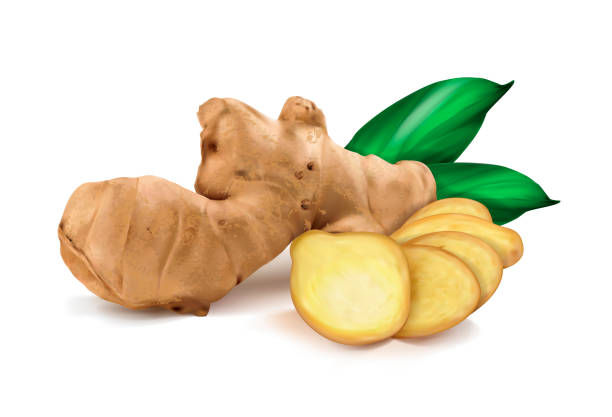
GINGER – BRAZIL
As a result of the logistical problems experienced around the world last year, ginger harvest had delayed. As the suppliers had a lot of trouble getting containers and that the product would not spoil, the ginger was left in the ground until the right time for harvesting and shipping. However, as a consequence of this delay in harvesting and exporting, there was also a delay of at least one month in planting ginger for the 2022 crop. As a result, “baby ginger,” ordinarily available in early February, is now forecast to reach a degree of maturation at the end of March and April. Producers are also predicting that sales of “giant ginger” will have to be postponed to June and not May, as the harvest and export of the root normally open here in Brazil. There is still a lot of fear about how the logistical scenario will be this year due to the new cases of Covid-19 in China and the war between Russia and Ukraine.
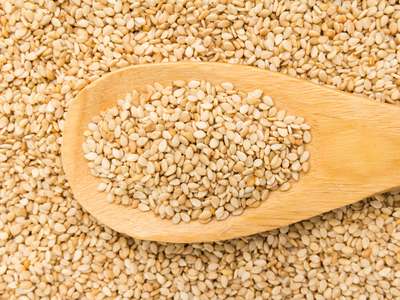
SESAME SEEDS – CHINA
Affected by the pandemic closures in China major port cities, the truck logistics are blocked. On 16th of March, sesame input and output are 0 in Tianjin port. There is currently a backlog of orders that need to be filled in the export market, but the price is stable, and the market keeps a regular trade pattern. For the high-quality product, the demand is high.
BELL PEPPER, ZUCCINI & TOMATO – SPAIN
Spain is experiencing higher prices for vegetables, mainly tomato, zucchini, and bell pepper due to the transport crisis. As suppliers were not able to deliver their products and sell their products in the normal “Sebastes” (auctions) that occur daily to sell vegetables either at national or international level, the prices of the above have highly increased reaching up to USD 2.22/kg for tomatoes and + USD 2.22/kg for bell pepper. Prices are expected to become normal in the upcoming weeks as soon as the transport comes back to normal.
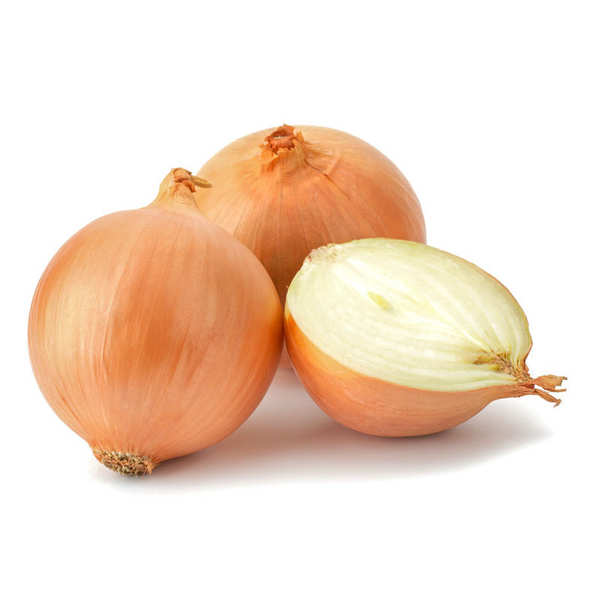
ONIONS – INDIA
Indian onions may rise in price due to rising prices for fertilizers and plant protection products. India, the world’s second-largest onion exporter, will increase crop production by almost 17% in 2022-23 to fill shelves around the world. But it is unlikely that Indian onions will fall in price, as prices for mineral fertilizers and pesticides are also rising. Farmers worldwide are feeling the sting of sanctions, as the Ukraine War has sent fertilizer prices soaring to new all-time highs, prompting concerns over a global food shortage. Russia was the world’s top exporter of fertilizers in 2019, according to data from the Observatory of Economic Complexity, when Russia’s trade volume in fertilizer stood at nearly $9 billion.
NOTICE: SHIPPING DELAYS
At World Food & Ingredients, we believe in transparency. Unfortunately, due to COVID spikes throughout China and port closures, alongside sanctions upon Russia which make international container shipping troublesome, we have been experiencing delays in receiving goods from our suppliers and manufacturers. We are aware that some of you have existing contracts with orders that need to be filled in a timely manner, and urge that you create a contingency plan in the event that your goods are unable to arrive on time.

